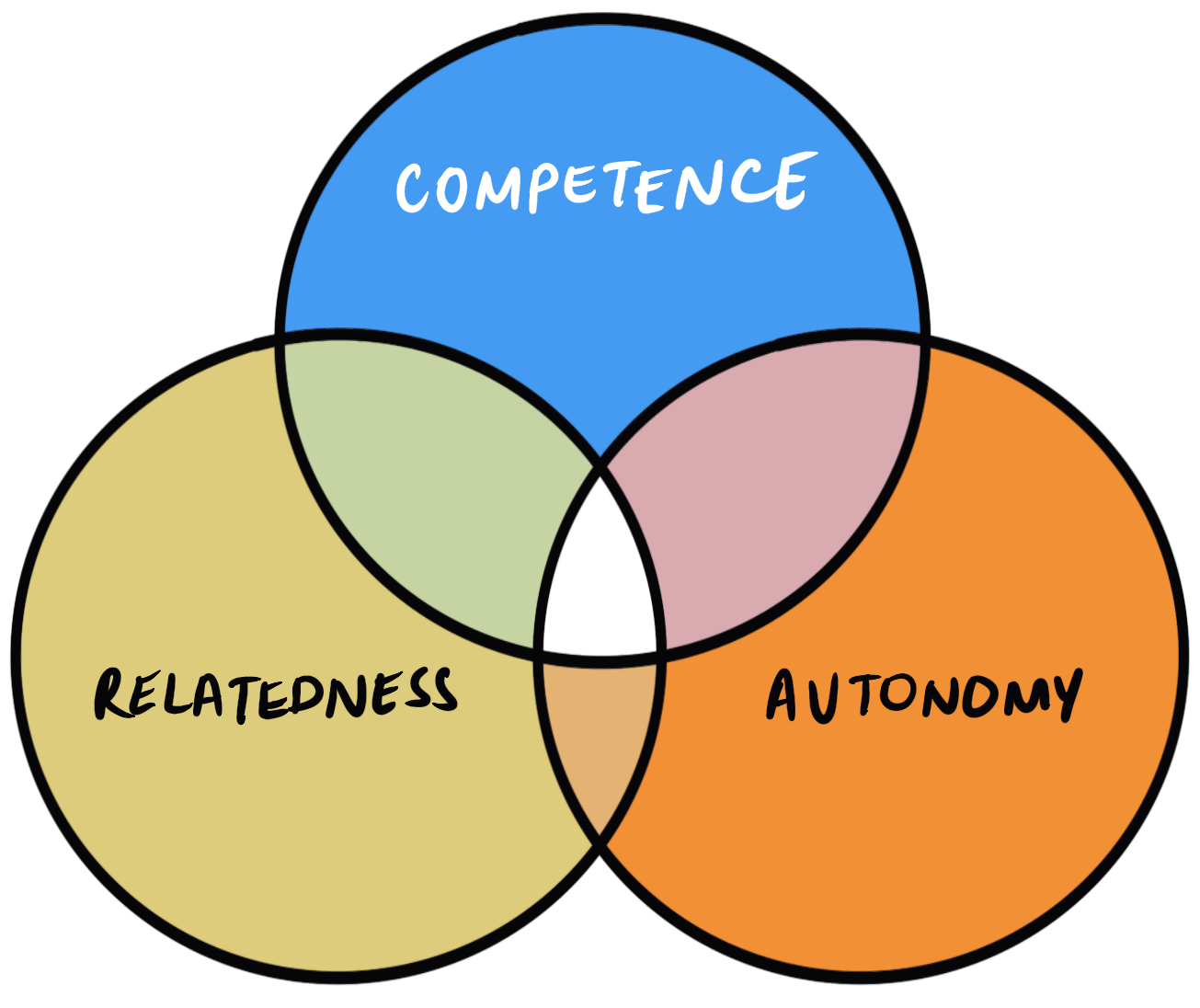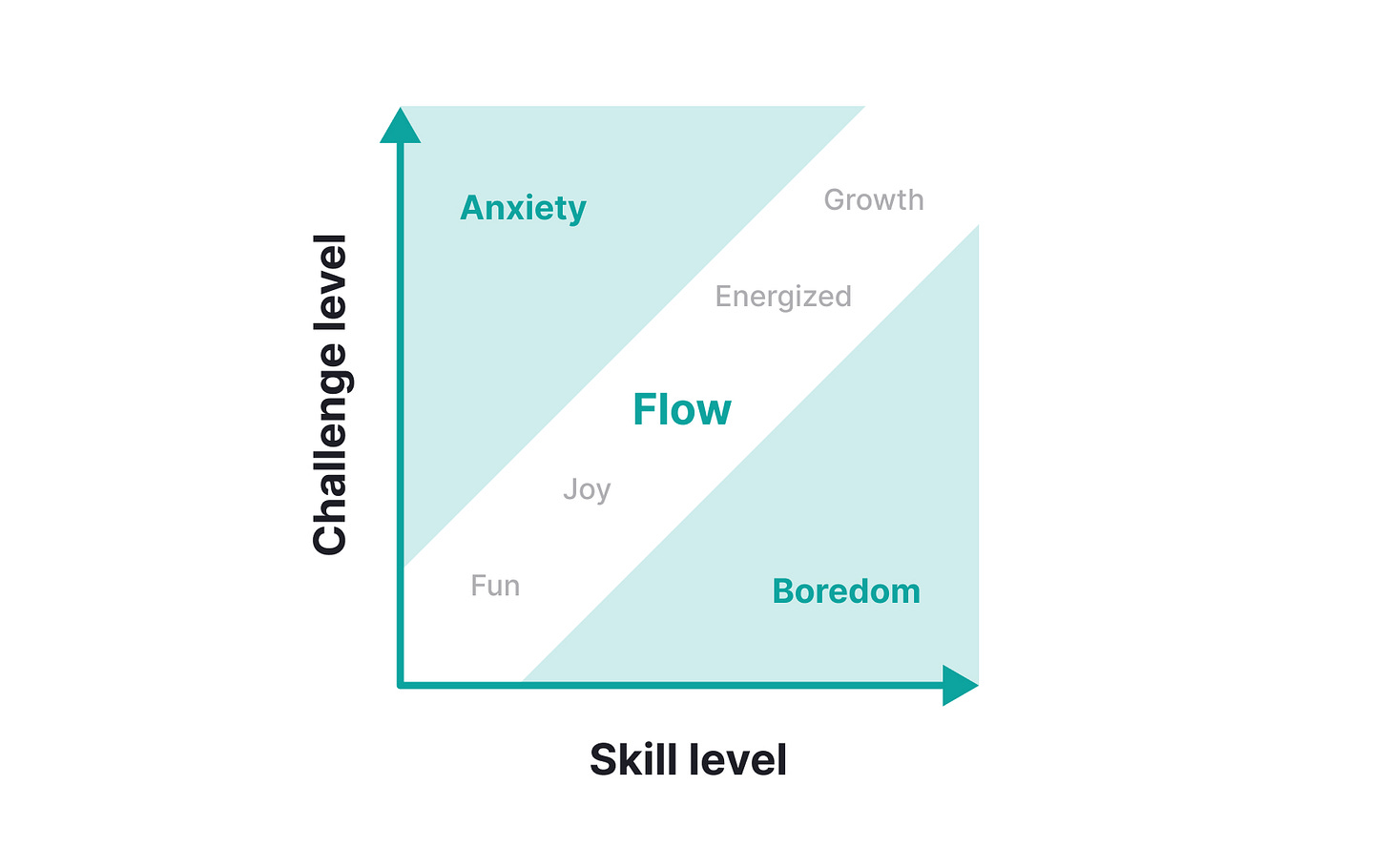The Psychology Behind Great Project Management
How knowing psychology and understanding the human mind makes you a better Project Manager (even if you never studied it)
Before we jump into the article, here’s something for you: If you’re not a subscriber yet, you can still grab PMC’s free guide: Leading Better Project Conversations.
It’s packed with strategic questions, feedback tips, and a simple roadmap to lead project conversations that actually move things forward.
✅ Strategic questions to align teams and stakeholders
✅ Feedback prompts to handle issues before they escalate
✅ A clear step-by-step conversation roadmap for project success
As we are discovering in the different issues of this newsletter, project management, at its core, is about people.
While we obsess over methodologies, tools, and processes, the fundamental challenge remains unchanged: how do we coordinate human beings to achieve shared objectives?
The most sophisticated project management software in the world cannot overcome poor communication, lack of motivation, or team dysfunction.
This is where psychology becomes not just helpful, but essential. The field of psychology has spent over a century systematically studying how humans think, feel, decide, and behave.
After mapping the Knowledge Map of Psychology, Behavioral & Cognitive Science, I thought it would be super interesting to adapt that from the project management perspective. So, this vast body of knowledge offers project managers profound insights that can transform their effectiveness.
This article tries to put a small touch of pencil around these topics, which could (each one alone) evolve into a whole article or series of articles about them:
Planning Fallacy
Sunk Cost Fallacy
Confirmation Bias
Anchoring Effect
Levels of Processing Theory
Working Memory Limitations
Encoding Specificity Principle
Self-Determination Theory
Mastery vs. Performance Goal Orientation
Flow Theory
Psychological Ownership
Social Identity Theory
Conformity and Social Influence
Bystander Effect
Social Loafing
Transactional Model of Stress
Coping Strategies (Problem-focused vs. Emotion-focused)
Psychological Resilience
Post-Traumatic Growth
Stress Inoculation
Big Five Personality Traits
Growth vs. Fixed Mindset
Need for Achievement, Power, and Affiliation
Signature Strengths
Elaboration Likelihood Model
Psychological Reactance
Social Proof
Deliberate Practice
Transfer of Learning
Zone of Proximal Development
Organizational Culture
Psychological Safety
Systems Thinking
Emotional Intelligence
Broaden-and-Build Theory
Social Functions of Emotions
By understanding the psychological principles that govern human behavior, project managers can better lead teams, make decisions, manage stakeholders, and navigate the complex social dynamics that determine project success or failure.
In this article, let’s cover together:
The Decision-Making Mind: Why Projects Go Off Track (Free)
Memory and Information Processing: Better Project Communications (Free)
Motivation and Engagement: What Really Drives Project Teams (Free)
Social Dynamics: Team Relationships and Stakeholder Politics (Premium)
Stress, Coping, and Resilience: Managing Project Pressure (Premium)
Individual Differences: Recognizing the Human in Each Team Member (Premium)
Communication and Persuasion: Building Alignment and Buy-in (Premium)
Learning and Development: Building Capability Through Projects (Premium)
Organizational Psychology: Understanding the Broader Context (Premium)
The Emotional Dimension: Managing Feelings in Project Work (Premium)
Putting It All Together: The Psychology-Informed Approach (Premium)
The Decision-Making Mind: Why Projects Go Off Track
One of the most powerful insights from psychology is that human decision-making is far from rational.
The field of behavioral economics has revealed systematic patterns in how we make choices, and these patterns show up constantly in project environments.
Understanding these cognitive biases can help project managers anticipate problems and design better processes.
Consider the planning fallacy, which explains why projects consistently take longer than expected.
This isn't about poor estimation skills; it's about how our minds work. When estimating project duration, we naturally focus on the best-case scenario while systematically underestimating obstacles and complications.
We imagine everything going smoothly because that's how our optimistic brains prefer to operate.
Successful project managers compensate for this by building in buffer time, seeking multiple perspectives, and explicitly considering what could go wrong.
The sunk cost fallacy presents another common challenge. Once significant time and resources have been invested in a project, there's enormous psychological pressure to continue, even when the project is clearly failing.
Team members and stakeholders become emotionally invested in seeing their efforts validated, making it extremely difficult to pivot or cancel when circumstances change.
Awareness of this bias allows project managers to create decision checkpoints where the project's viability can be objectively reassessed, separate from past investments.
Confirmation bias affects how we interpret project data. We naturally seek information that confirms our existing beliefs about the project's progress while avoiding or dismissing contradictory evidence.
This can lead to dangerous blind spots where warning signs are ignored or rationalized away.
Effective project managers actively seek disconfirming evidence and create psychological safety for team members to raise concerns without fear of retribution.
The anchoring effect influences how we set project parameters. The first number mentioned in budget or timeline discussions often becomes the anchor around which all subsequent estimates cluster, regardless of its accuracy.
Understanding this helps project managers ensure that initial estimates are well-grounded and that teams don't simply adjust from poorly conceived starting points.
Memory and Information Processing: Building Better Project Communications
Psychology's understanding of memory and cognition reveals why so many project communications fail. Our memory systems are not passive storage devices but active reconstruction processes.
When team members recall project decisions or requirements, they're not retrieving perfect recordings but rebuilding memories that can be influenced by subsequent events, emotions, and discussions.
The levels of processing theory teaches us that information processed more deeply is remembered better.
This explains why simply emailing project updates or requirements often fails. For information to stick, team members need to actively engage with it, discuss it, connect it to existing knowledge, and see its relevance to their work.
Effective project managers don't just distribute information; they facilitate understanding through discussion, questions, and practical application.
Working memory limitations explain why complex project briefings often overwhelm team members. Our minds can only actively manipulate a limited amount of information at once. When project managers present too many details simultaneously, important elements get lost or confused.
Breaking complex information into smaller chunks and building understanding progressively leads to better comprehension and retention.
The encoding specificity principle reveals why context matters so much in project communication. Information learned in one context is most easily recalled in similar contexts.
This explains why requirements gathered in formal meetings might not translate well to actual work situations, and why decisions made in executive briefings might not be understood by implementation teams.
Smart project managers ensure important information is communicated and reinforced across multiple contexts relevant to different team members' work environments.
Motivation and Engagement: What Really Drives Project Teams
Understanding human motivation is perhaps the most practical application of psychology for project managers.
Self-determination theory reveals that people are fundamentally motivated by three basic needs: autonomy (having control over their work), competence (feeling capable and effective), and relatedness (connecting with others and feeling part of something meaningful).
Projects that satisfy these needs generate higher engagement and better outcomes.
When team members feel micromanaged and controlled, their intrinsic motivation decreases even if external rewards are present.
This doesn't mean project managers should abandon oversight, but rather that they should focus on outcomes rather than methods, involve team members in planning and decision-making, and provide the support needed for people to succeed rather than simply monitoring their compliance.
The distinction between mastery and performance goals profoundly affects project culture.
Teams focused on mastery goals (learning, improving, overcoming challenges) show greater persistence when facing difficulties and are more likely to seek help when needed.
Teams focused on performance goals (looking good, proving competence, avoiding failure) become more defensive, less collaborative, and more likely to hide problems until they become critical.
Flow theory explains why some project work feels effortless and engaging while other work feels like drudgery.
Flow occurs when challenge and skill are optimally matched, goals are clear, and feedback is immediate.
Project managers can design work assignments and team structures to promote flow states, leading to higher quality work and greater job satisfaction.
This involves matching tasks to individual capabilities, providing clear objectives, and ensuring regular feedback loops.
The concept of psychological ownership shows why involvement in planning and decision-making matters so much. When people feel ownership over project goals and methods, they show greater commitment and accountability.
This isn't about formal ownership but about psychological investment. Teams that participate in creating project plans, defining success criteria, and solving problems develop a stronger commitment to project success.
There’s a lot of great content below in this article under the paywall. Want to unlock practical systems to help you lead projects with clarity and confidence? Subscribe now and get 20% off your first year.
Paid subscribers unlock:
🔐 Weekly premium issues packed with frameworks and/or templates
🔐 Access to special toolkits (including the Starter Pack with your subscription)
🔐 Strategic guides on feedback, influence, and decision-making
🔐 Exclusive content on career growth, visibility, and leadership challenges
🔐 Full archive of every premium post
Plus, you get a Starter Kit when you subscribe, which includes:
🔓 Kickoff Starter: Kickoff Checklist, Kickoff Meeting Agenda Template, Project Canvas Deck, Kickoff Email Template, Sanity Check Sheet
🔓 Stakeholder Clarity: Stakeholder Power Map, Expectation Tracker Sheet, Backchannel Radar Questions, First Conversation Checklist + Script
🔓 PMC Status Report Survival Toolkit: Status Report Checklist, 1-Page Status Email Template, RAG Status Guide (Red–Amber–Green done right), Bad News Script Cheat Sheet
Keep reading with a 7-day free trial
Subscribe to Project Management Compass to keep reading this post and get 7 days of free access to the full post archives.











